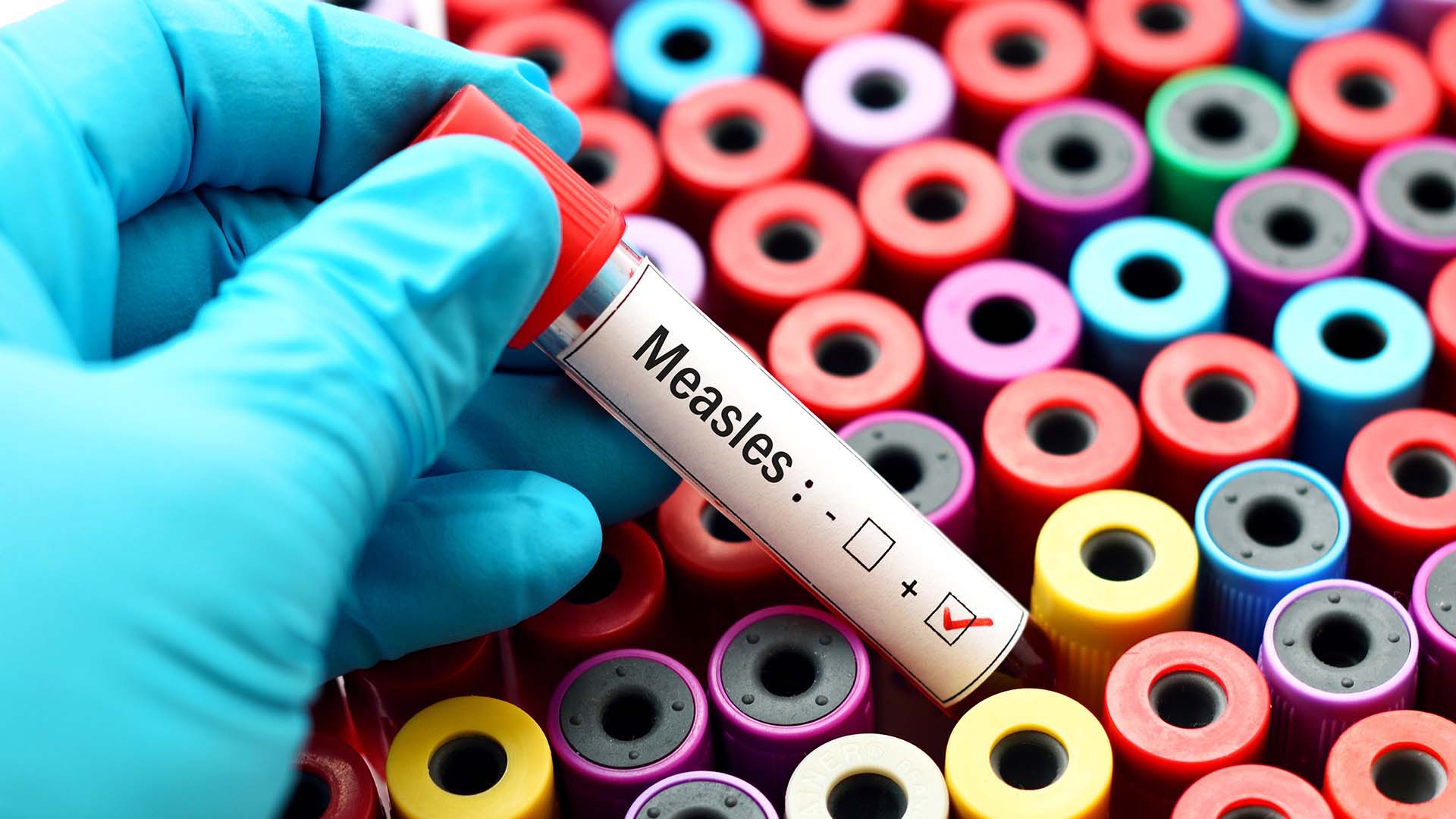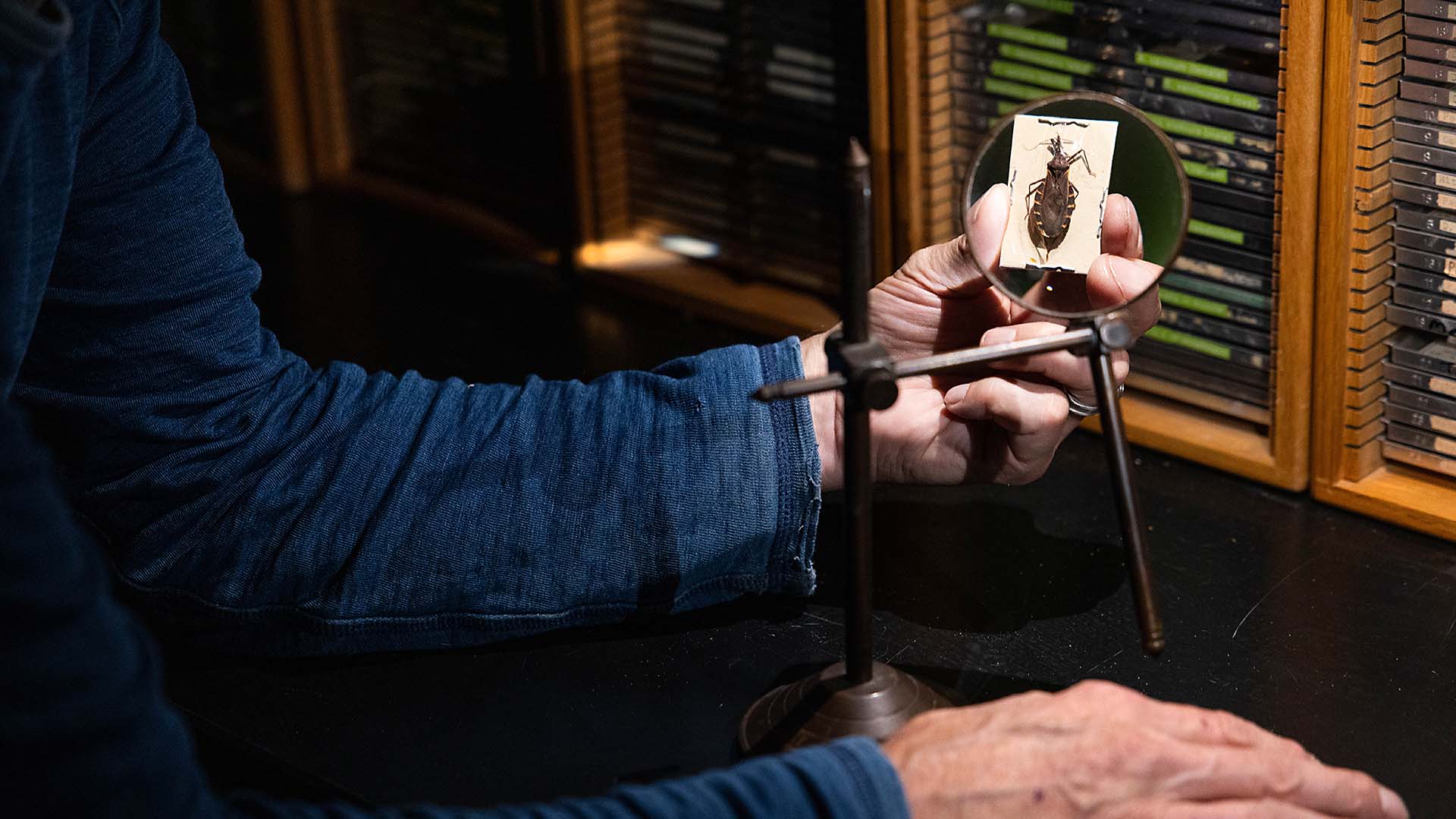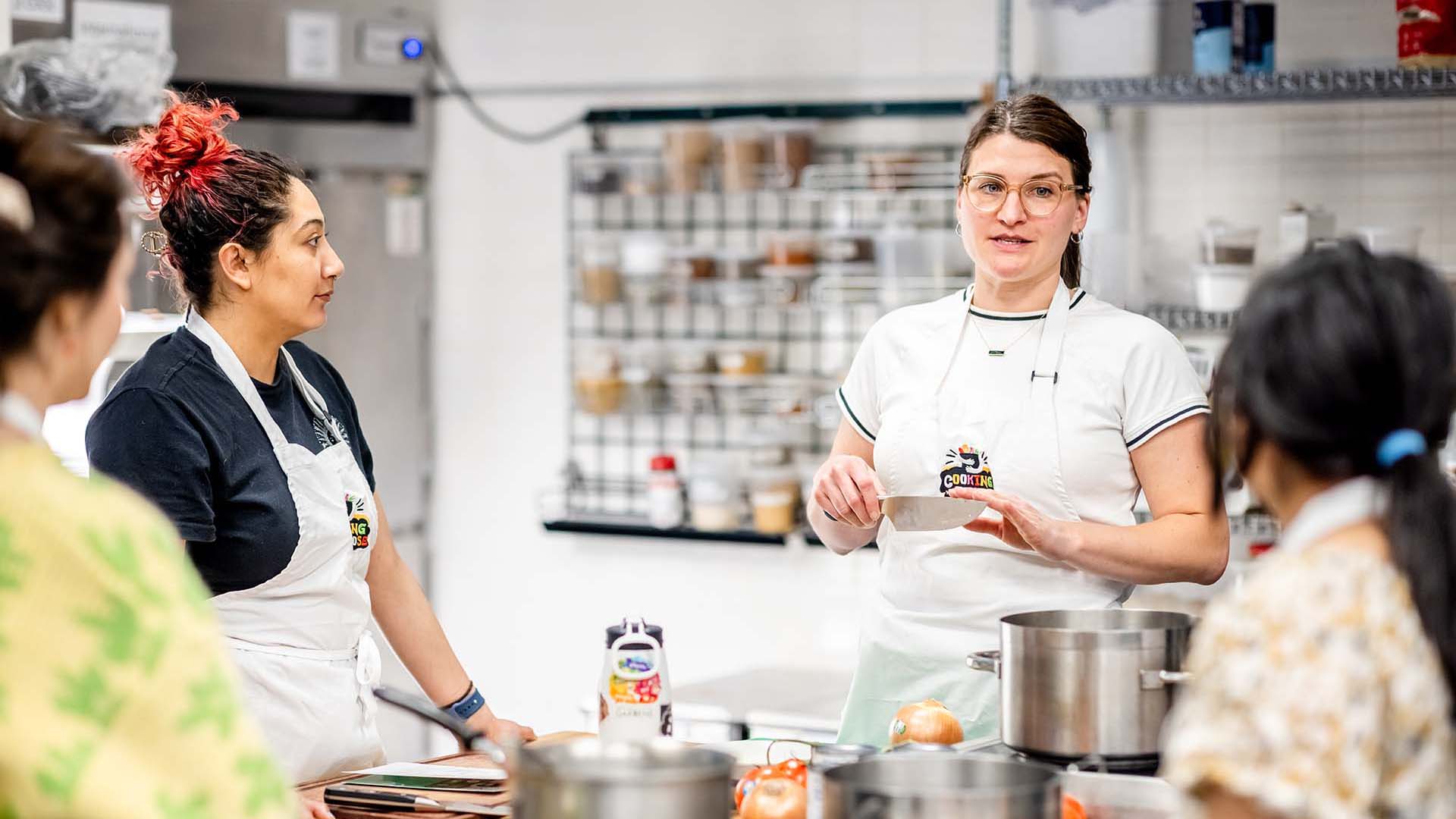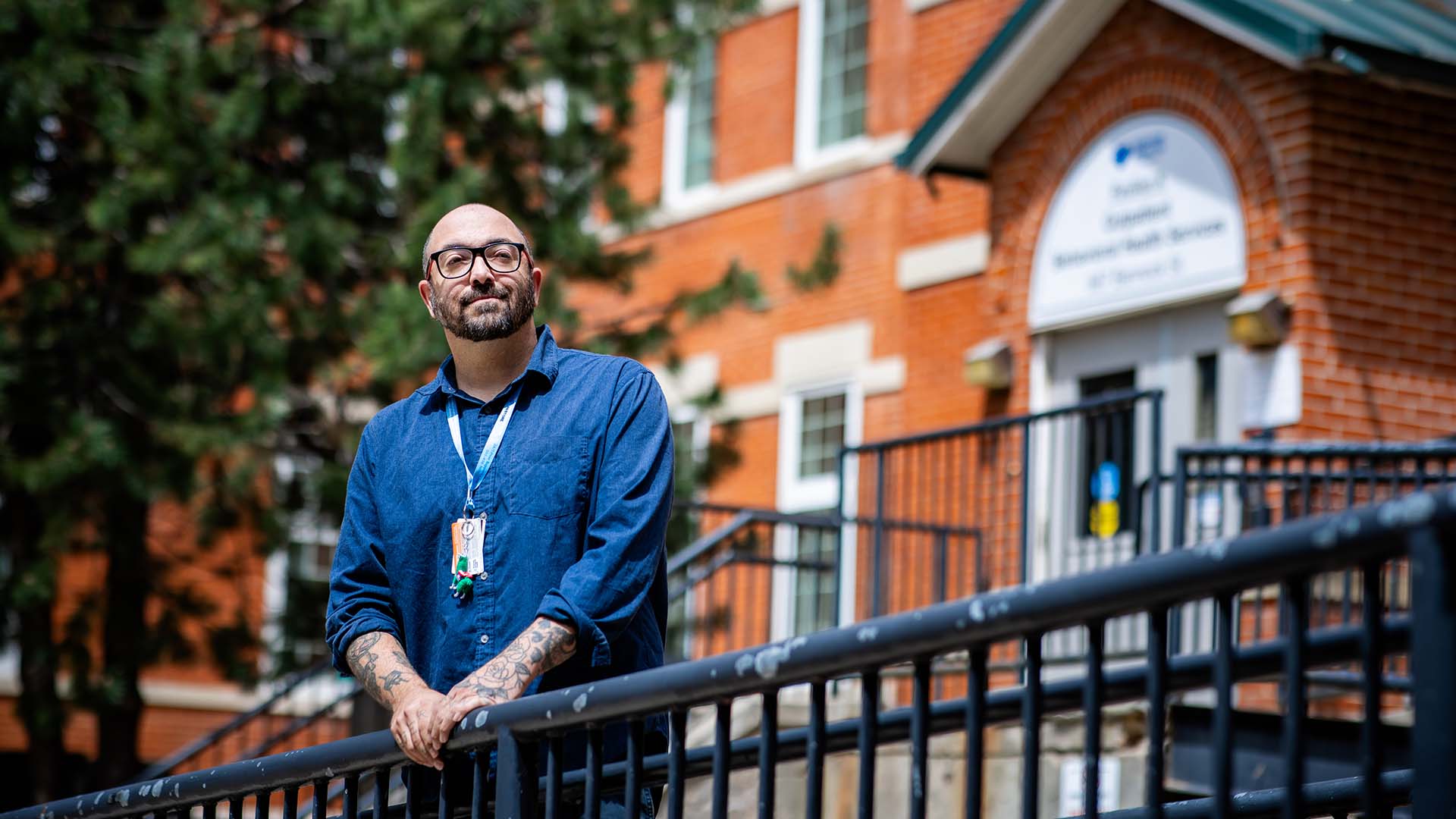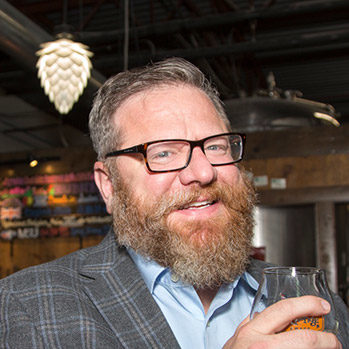Missing in action: support for female veterans
As women become a larger part of active military and veteran populations, services for them lag behind. A new scholarship hopes to help.
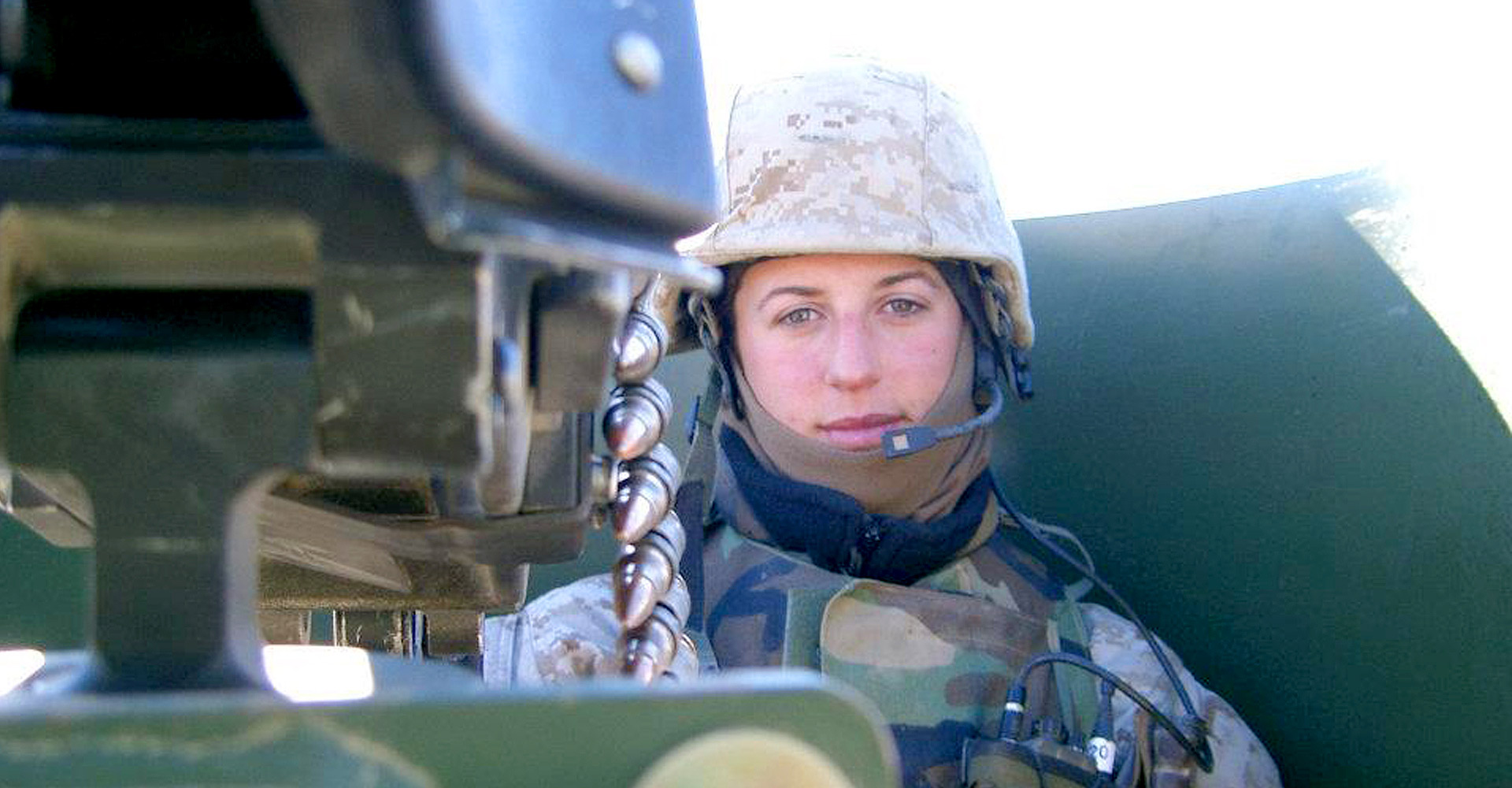
The November forecast for the desert outside Fallujah, Iraq, is similar to Colorado’s high plains: warm and sunny by day and temps dipping into the 40s at night.
Jessi Warthen has slept outside in both places – first as a Marine in Fallujah and then as a homeless veteran in Colorado. Sadly, her experience is a window into the all-too-common plight of women who served in the U.S. Armed Forces.
After enlisting in the U.S. Marine Corps out of high school, Warthen set out on her first of three tours in Iraq in 2004, volunteering for a planned fall raid of Fallujah, an operation that became known as the Second Battle of Fallujah. The fighting would span from Nov. 7 to Dec. 24, and today it is considered the bloodiest battle of the eight-year Iraq War.
The then-20-year-old Marine drove trucks – big trucks capable of hauling up to 30,000 pounds of cargo. Her assignment for Fallujah involved trucking wire and sandbags to the frontlines for an engineering detachment building small compounds in quadrants of the city that had been cleared by U.S. forces.
Warthen’s work was critical to the operation, yet military brass didn’t want her in the battle zone.
“The day of the raid, my staff sergeant says: ‘They told me I can’t bring you into the city because you’re a female, and I’m not going to listen to that order because I need you. You’re one of my few corporals, so I need you in the city,’” Warthen recalled. “It made me feel good because someone was sticking up for me.”
That feeling would be fleeting.
Come nightfall, the infantry lieutenant in charge of the barbed wire encampment they’d just constructed barred her from spending the night inside because she was female.
“He thought I was going to sleep with the other Marines,” she said.
Warthen recalled staring at her truck that night – there was no room for her to bed down in the cab, and the flatbed was full of gear.
“I thought, ‘Well crap, I’ve got to sleep on the ground. I have absolutely no choice.’”
The Marine wasn’t alone that night – the other two drivers from her unit, both males, stayed with her under the truck, flanking her on the desert floor.
“We froze our butts off all night – it was that cold – and we had our rifles loaded the whole time,” Warthen said. “That was horrifying. (We) had no protection whatsoever. If we had gotten attacked that night, all three of us probably would’ve died. But what are you going to do?”
Locked and loaded, she went to sleep.

The brave without a home
Fast forward eight years, and Warthen again was sleeping outside in cold. She had been living in a tent for three months, and the late fall weather was wearing on her once more. Only this November 2012, she’s not in uniform, and she’s not in Iraq. She’s homeless in Colorado.
Following her third tour in Iraq, Warthen – now a sergeant – was honorably discharged from the Marines in 2008. She returned to Colorado, but like many military veterans returning to civilian life, she struggled to find steady work.
She lost a job in Fort Collins, Colo., after she refused her boss’s sexual advances. Then she lined up a job at a Canon City, Colo., youth rehab center, spending what was left in her bank account on a required medical exam and drug test before the job fell through.
Warthen qualified for some disability pay from the U.S. Department of Veterans Affairs (VA), but those funds only covered her truck payment, insurance, and the cost of a small storage shed where in 2012 she left her belongings while she and her dog Sola lived in a two-person tent at a campground.
“My dog had food, but I didn’t,” Warthen said.
Although it’s difficult to count homeless populations, the VA’s 2017 estimates put the number of homeless female veterans anywhere between 20,000 and 40,000.
While pinning down the exact number of homeless female veterans remains elusive, the number is on the rise as the number of total female veterans and the number of females in the active military increases. Women comprised 9.4 percent of all veterans in 2017, according to a VA report. Meanwhile, a Council on Foreign Relations analysis of U.S. Military Demographics using 2016 data found that women make up 16 percent of all enlisted forces.
The VA and the U.S. Department of Housing and Urban Development (HUD) do not collect data on the risk factors contributing to female veteran homelessness, but Warthen attested to some of the risk factors that affected her civilian life.
It can be difficult to find a female veteran counselors to serve the 45,000-plus female veterans in Colorado, Warthen said. Her best friend from the Marines, a woman who also experienced homelessness after leaving the military, spent five years earning her master’s degree in social work and now works with veterans in Pueblo, Colo. However, Warthen has counted just four such counselors in the Denver metro area, and two of those are in Boulder.
Advancing in education
Almost 14 years to the day after Warthen spent the night sleeping under a truck gripping a loaded rifle, she has a firm grip on her future. The 34-year-old is studying history at Metropolitan State University of Denver with plans to teach secondary social studies.
She’s the president of the Student Veterans at MSU Denver club and a work-study student in Veteran and Military Student Services, where she helps her fellow vets navigate the University and the G.I. Bill.
As of fall 2018, 1,013 veteran or military students are enrolled at MSU Denver, which just claimed the 67th spot on the Military Times’ “Best for Vets 2019” rankings of the country’s four-year colleges and universities.
About one-fourth of MSU Denver’s veteran population is female, and Veteran and Military Student Services recently held a Female Veterans Hiring Initiative with resources for economic security and weekly professional development workshops for women.
New for 2019, a donor named Bonnie Baker established the Yvonne Phelan Veterans Endowed Scholarship for veteran or active service members at MSU Denver. Preference for the new scholarship will be given to applicants who are female, who are not receiving funding from the G.I. Bill, and who are pursuing a technical or STEM degree.

Baker was inspired to establish the scholarship because of her affinity for the military, which was inspired by her family members who have served. That includes the scholarships namesake, Yvonne Phelan, who served in the Army during the Eisenhower administration.
“Yvonne went through some difficult transitions coming out of the military,” Baker recalled. “She also went through difficult times in the military. I think she would be honored to have this scholarship named after her.”
Baker said she was inspired to act because she kept hearing how female vets are underserved.
“All vets are underserved,” she said, “but female vets even more – and I thought: ‘What could I do to help these folks out?’”
The scholarship takes effect in Spring 2019 thanks to Baker’s $100,000 gift and more than $38,000 in matching funds from the MSU Denver Foundation.
“Funding their education is a top challenge for our student veterans, so we hope this is the first of many scholarships that will be available to our students,” said Lauren Sullivan, director of Veteran and Military Student Services. “For our female veteran students, I hope that the opportunity for scholarship funds will be motivating and help them know how much we support them and their success at MSU Denver.”
The University also just launched a Veteran & Military Student Emergency Scholarship for veteran/military students who are experiencing unforeseeable financial hardships that could prevent them from completing their current semester. That scholarship is available now until funds have been exhausted.
Warthen was so moved by news of Baker’s scholarship endowment that she hand-wrote a letter to her. After receiving that letter, Baker came to campus to meet Warthen and further discuss issues facing female vets.
“I know from personal experience how much that support means, especially to a female veteran,” Warthen wrote to Baker. “Our military service was tough, but getting out was the hardest part.”

